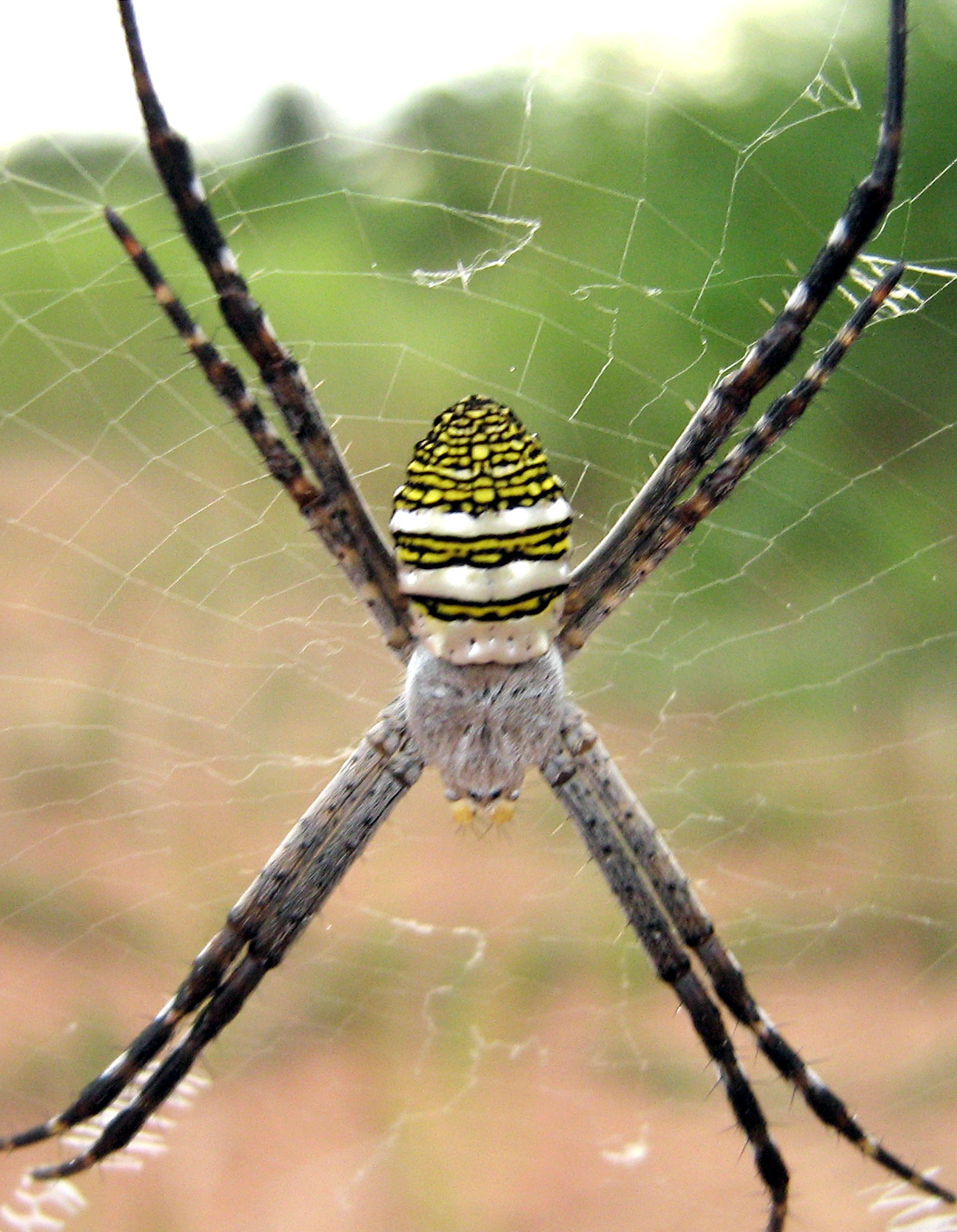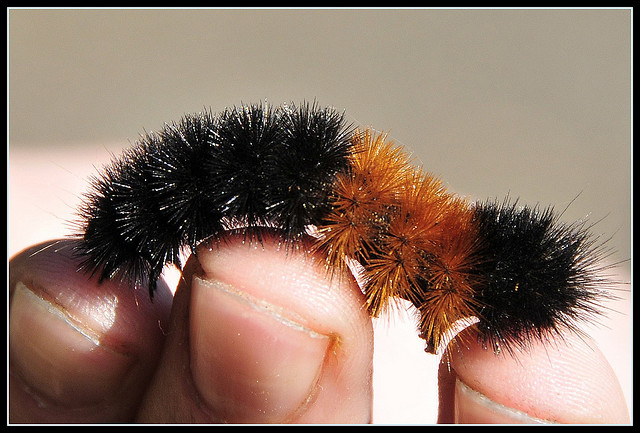North America
The Ultimate Guide to
Backyard Bugs
Whitney Cranshaw, Editor
(Princeton)
We tried to count the photographs of the beasties in Garden Insects, but gave up by page fifty or so. We would guess some 2,000; perhaps 2,500 shots.They're a grisly bunch. The thought that these guys are living just outside your back door is noxious, if not nerve-wracking; may drive you to drop gardening, take up tatting.Take the five up-close photos of the common stink bug, Cosmopepla intergressus:
- Egg mass --- ugly little yellow round things with specks of blood-red.
- Egg mass at time of hatch. Some look like little green grapes, the others are blue and black, full of shiny wrigglers striving to get out and smell up the world.
- Nymph. Fat little ugly green-black stinker.
- Nymph. Fatter bigger uglier green-black stinker.
- Adult. Triangular-shaped, creepy looking monster complete with eyes, feelers, shiny brown carapace. Phew.
 Multiply this by a couple of thousand, and you are looking at a world of mini-monsters that are here to eat us out of house and home.All our favorites are represented. The pillbug (Armadillium vulgare). We called them "doodlebugs." We would poke at them so they would close up their little hard bodies into round balls.
Multiply this by a couple of thousand, and you are looking at a world of mini-monsters that are here to eat us out of house and home.All our favorites are represented. The pillbug (Armadillium vulgare). We called them "doodlebugs." We would poke at them so they would close up their little hard bodies into round balls.Walkingsticks, looking just like desiccated branches. Woollybears, with furry little bodies --- in some cases, transmogrifying into Isabella moths, named after my woolly friend Isabella Sanchez, who walked a little like one of those humping caterpillars.
Earwigs. When I was but a sprat, we were told that earwigs would crawl in your ear when you were sleeping, lock themselves to your eardrum with the pincers on their hind end and never depart --- thus becoming the ultimate Man Who Came to Dinner.
Mealybugs, including the longtailed, the comstock, and the obscure, the last of which is not all that obscure, having an appetite for fifty genera of ornamentals. They leave something behind called "leaf abscission" --- white snowy goop that will make your begonias, philodendrons, poinsettias, pyracantha and rhododendrons look yucky.
Spittlebugs, who do just that: they spit all over your plants, as if a tobacco-chewing second-baseman from the Cleveland Tigers has just passed through your garden. Turns out that this white spit does little harm, but those who grow strawberries tend to freak out; those who eat them, even more so.
Some of the pictures will give you the willies: The jumping spider on page 561 has big owl-eyes and a little hairy mustache like Chill Wills; the banded argiope (who, we are told, makes beautiful webs) is not all that beautiful. There's a crab spider with its bulbous little potbelly, making lunch off a hapless beetle; a green peach aphid appearing like it just got here from Mars; and the disgusting striped cucumber beetle --- a pair shown on page 195 --- mating. In the missionary position.
This is as comprehensive a volume as you could ask. Pictures of damaged plants, list of "Plant Pathogens Transmitted by Arthropods," "Management Principals for Some Garden Pests," including cultural controls, mechanical control, chemical control, and biological controls. There are a few eyebrow-raisers. For instance, Japanese beetle traps "are ineffective for control of plant damage as they usually draw more beetles into the vicinity."
Nowhere do the authors point out that agribusinesses, despite the bad rap, are not the major chemical polluters in America. Who are the guilty ones? You and me. Your average homeowner/gardener uses almost three-quarters of the insect pest-control poisons sold in the United States.
--- Wah Eng, PhD

